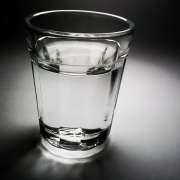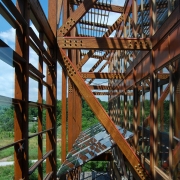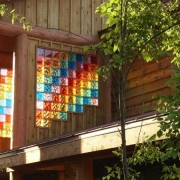How Can We Avoid Greenwashing?
Barbara McHatton speaks about her experiences avoiding what we are now calling the Greenwashing affect. We want to knowledgeably see past skewed claims to find those products that are legitimately green.
Confused about what makes a green building product “green”?
So am I.
With all of the labels out there touting “green” and “environmentally friendly” products, it’s no wonder we’re so mystified. If a product is manufactured using recycled materials, it’s considered green—if it saves energy, it’s considered green—if it is manufactured using non-toxic materials, it’s considered green.











